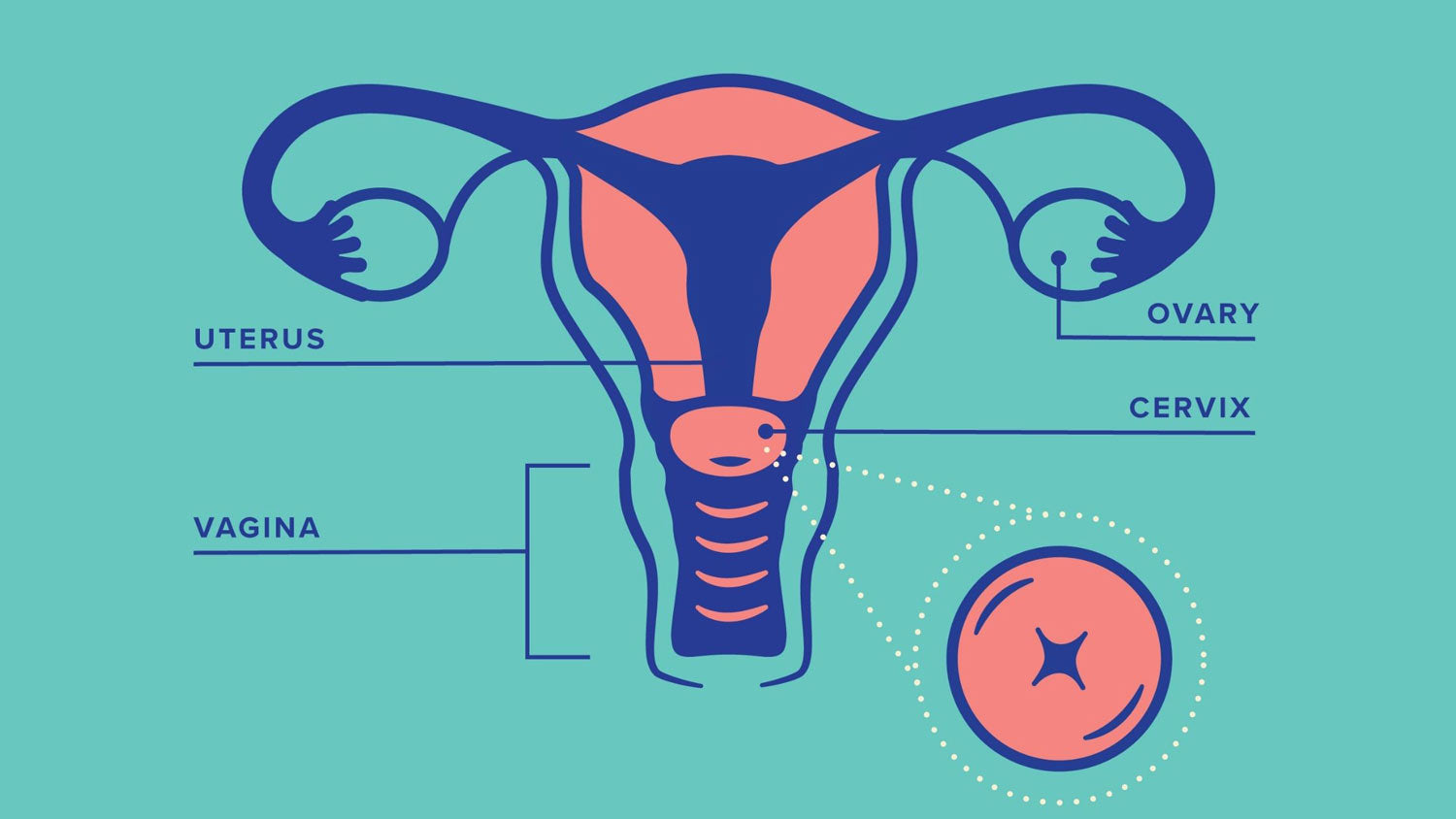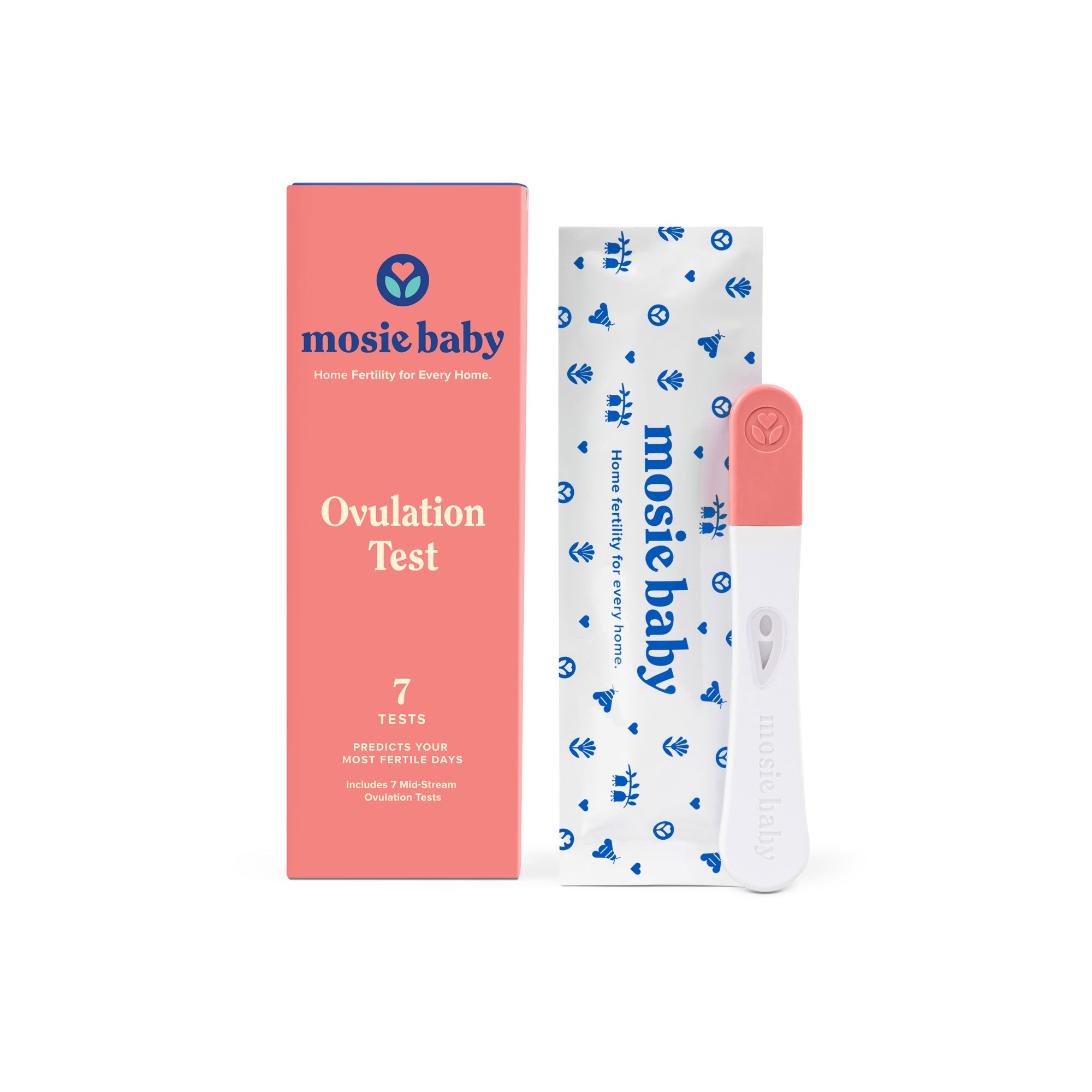Your body is amazing - and if you know what signs to look for, it can tell you when you are most fertile.
First, let's start with that goo you have going down there, otherwise known as your cervical mucus - and how it can play a part in letting you know when you’re about to ovulate. That fluid in your vagina comes from your cervix – and is stimulated by the hormone estrogen. The amount and “quality” of that fluid, or mucus, varies depending on what point you are in your menstrual cycle. When you get close to ovulation time – estrogen surges. This causes the cervix to produce more mucus and changes its quality so it becomes a perfect texture to protect sperm on its journey to the fallopian tubes.
This next part might make some people, a little squeamish. You need to get a sample of your cervical mucus. But, you’ll get used to doing this – it’s only a little awkward at first. Here’s how you do it: first wash and dry your hands really well. Pretend your finger is a tampon, and insert your middle or index finger into your vagina, as close to your cervix as possible. When you remove your finger – that fluid you collected is the mucus that you want to study on a regular basis, throughout your cycle. Here’s what you should be looking for:
- After your period: You’ll typically have the least mucus. It will increase in the days following the end of your period. This mucus will be yellow, cloudy or white, and a little sticky.
- Around Ovulation Time: Roughly two weeks after your period, as you are nearing ovulation, there will likely be more mucus and it will start to thin out.
- Ovulation Time: In the days right before you ovulate, the cervical mucus will increase. You might even start seeing it in your underwear. So, what does this magic mucus look like? It will be thin, clear, slippery and stretchy. Some people think it reminds them of egg whites- before you fry them of course.
-
Post-Ovulation: After ovulation, the mucus level will decrease and become increasingly thicker and less transparent.
While you’re in there getting a mucus sample – you should also be checking the position of your cervix. It’s another great sign of where you are in your cycle. When you are about to ovulate, the cervix moves higher and you might also be able to feel that it’s softer and wider. After ovulation, the cervix gets firmer, lower and less moist. Some people think the cervix feels like soft lips just before ovulation. And after ovulation, some people compare the feeling of their cervix to the tip of your nose.
It’s important to check your mucus and cervix regularly so you can notice all of the changes.
Now, not every person will produce a lot of cervical mucus – or that “magic” mucus around the time of ovulation. If you are worried that this could be you, talk to your doctor too.



